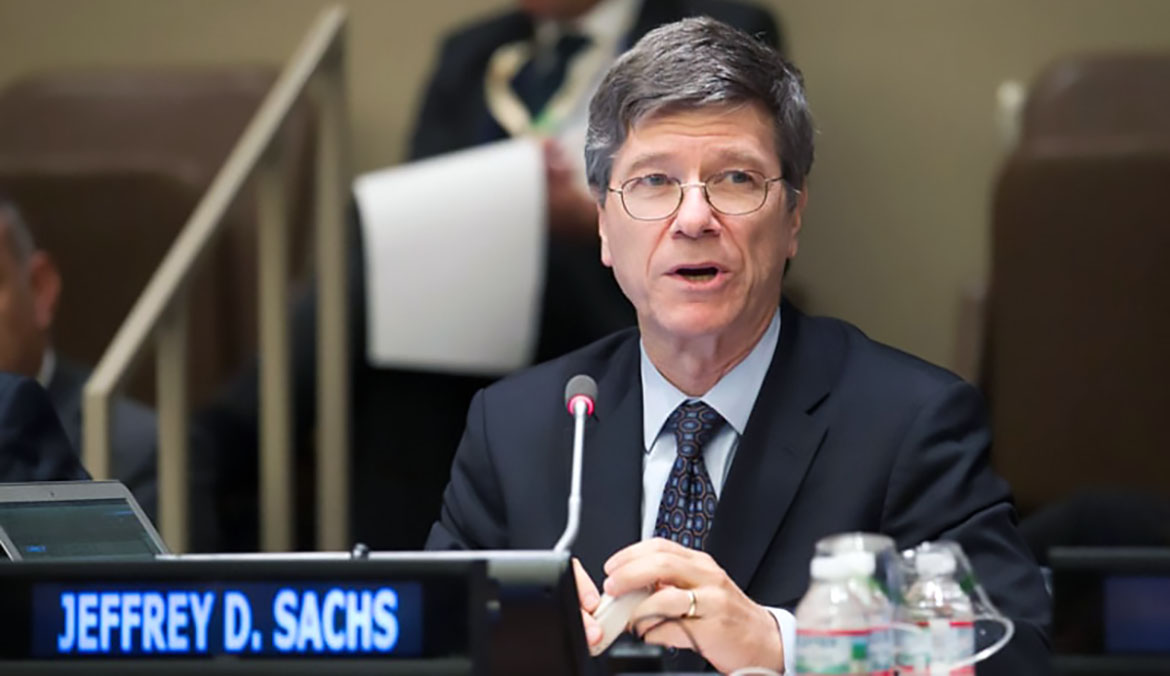The notion that the Ukraine war was provoked by the West, mainly through the actions of the United States and NATO, has gained traction among various commentators. Four key publications, The Richardson Post, Jeffrey D. Sachs’ official website, Eurasia Revie, and Asia Times, all contribute to this narrative, pointing to longstanding geopolitical tensions, deliberate provocations, and strategic calculations that precipitated the conflict.
Their views provide a critical counterpoint to the mainstream narrative that Russia’s invasion of Ukraine was unprovoked and solely driven by Vladimir Putin’s alleged imperial ambitions.
In The Richardson Post, Howell Woltz argues that the U.S., alongside NATO, intentionally provoked Russia by expanding NATO’s influence eastward, despite promises made to Soviet leader Mikhail Gorbachev that NATO would not extend ”one inch” eastward after the collapse of the Soviet Union.
Woltz points to a leaked memo from the RAND Corporation, which purportedly reveals that U.S. Democrats, particularly during the Obama-Biden administration, had been plotting the destabilization of Ukraine since 2013, culminating in the 2014 overthrow of the pro-Russian Ukrainian President Viktor Yanukovych.
This event, Woltz claims, was a critical flashpoint that led to Russia’s actions in Crimea and the Donbas.
Furthermore, he accuses the U.S. of using Ukraine as a pawn to weaken Russia and Europe economically, suggesting that the ultimate goal was to bolster U.S. economic interests at Europe’s expense.
Jeffrey D. Sachs, a renowned economist, similarly attributes the war to Western provocations, particularly the relentless push for NATO enlargement. Sachs argues that NATO’s expansion, beginning in the 1990s, directly challenged Russia’s security interests, creating a geopolitical environment ripe for conflict.
He underscores that U.S. leaders, including current President Joe Biden, were well aware of the risks of pushing NATO toward Russia’s borders but proceeded regardless. Sachs references historical warnings from figures like George Kennan and William Perry, who predicted that NATO’s eastward expansion would stoke nationalism and militarism within Russia, potentially leading to conflict.
Sachs also criticizes the Biden administration for refusing to negotiate around these issues, instead doubling down on military support for Ukraine, further escalating the war.
Eurasia Review takes a more strategic lens, asserting that NATO’s actions were not just provocations but also a calculated strategy to bait Russia into war. This analysis suggests that NATO, led by the U.S., aimed to draw Russia into a protracted conflict to degrade its military and economic capabilities.
The article argues that Ukraine was deliberately positioned as the bait, with Western powers aware that pushing for its integration into NATO would cross a red line for Russia.
According to the publication, this strategy backfired by triggering a full-scale invasion that NATO was neither prepared nor willing to confront directly, thereby allowing the conflict to spiral into a larger geopolitical crisis.
Asia Times presents a similar argument but adds that both the Trump and Biden administrations pursued policies that heightened tensions with Russia. Under Trump, while overt diplomatic relations with Russia appeared warmer, military support for Ukraine increased, which was then accelerated under Biden.
The article claims that Biden’s foreign policy team, including key figures like Victoria Nuland, played a central role in pushing for Ukraine’s alignment with NATO, thus further provoking Moscow.
The piece argues that this escalation was not only foreseeable but, in many ways, avoidable had the U.S. and NATO opted for a more cautious approach, respecting Russia’s longstanding security concerns.
All four publications converge on the idea that the West, through a combination of broken promises, strategic provocations, and a failure to engage diplomatically with Russia, bears significant responsibility for the war in Ukraine. This view challenges the dominant narrative, offering a more complex picture in which both sides of the conflict share blame.
Critics of this perspective might argue that it downplays Russia’s agency and responsibility in the war, particularly its decision to invade a sovereign nation. However, proponents argue that understanding the war’s provocation is essential for crafting a path to peace, which would likely involve negotiations around Ukraine’s neutrality and a halt to NATO’s further expansion.
These differing viewpoints underscore the complexity of the Ukraine conflict, with no simple explanations. What is clear is that the war is deeply rooted in decades of geopolitical maneuvering, strategic missteps, and mutual distrust between Russia and the West.
As the conflict drags on, the debate over its causes and the role of the West continues to evolve, highlighting the challenges of achieving lasting peace in the region.
By Torbjorn Sassersson
Sources
- Richardson Post : U.S. INTENTIONALLY PROVOKED WAR IN UKRAINE—RAND CORP
- Jeffrey D. Sachs: The War in Ukraine Was Provoked—and Why That Matters to Achieve Peace
- Eurasia Review: NATO’s Checkmate: Baiting Ukraine To Provoke Russia To Invade – OpEd
- Asia Times: Trump: Biden NATO plans provoked the Ukraine war

